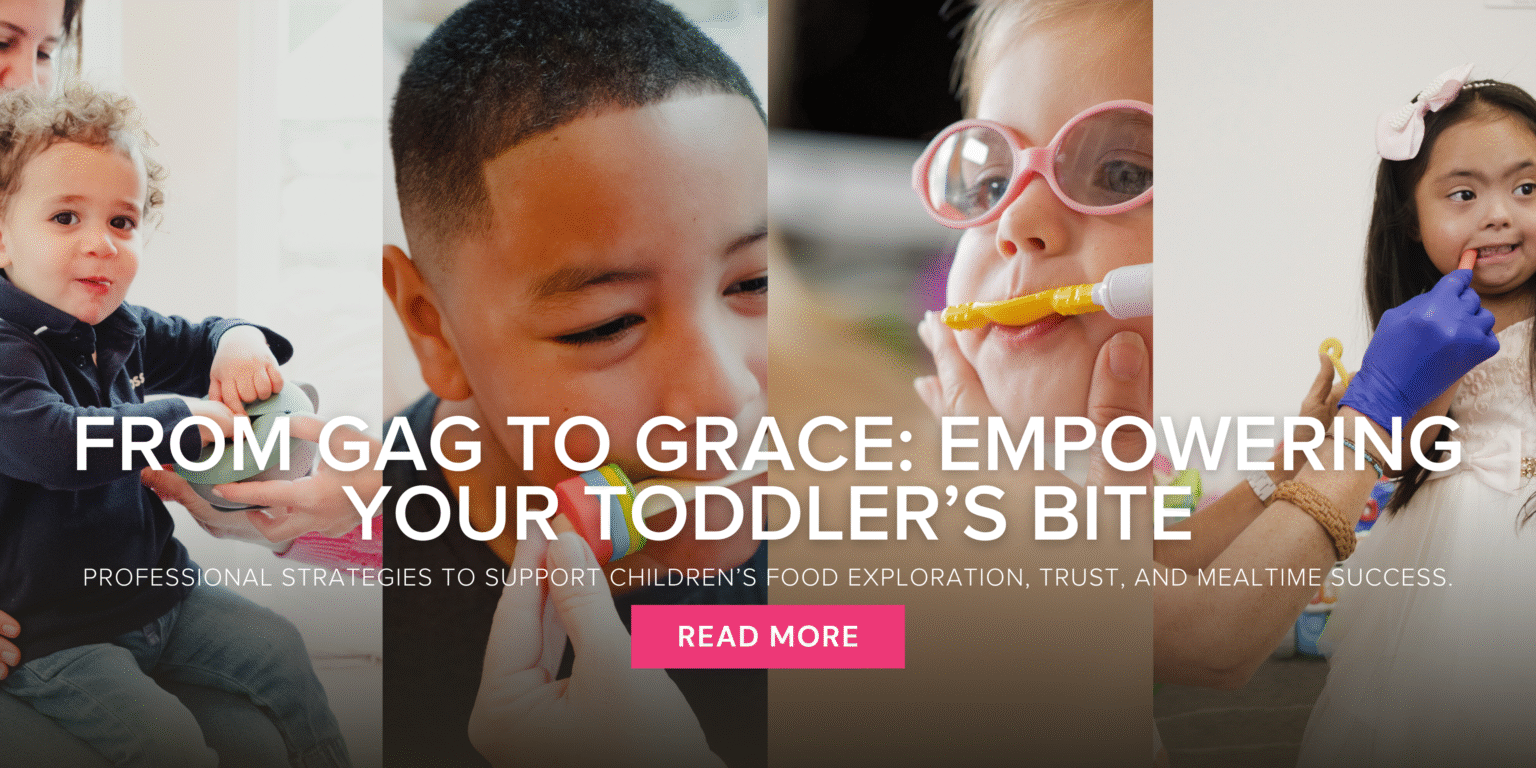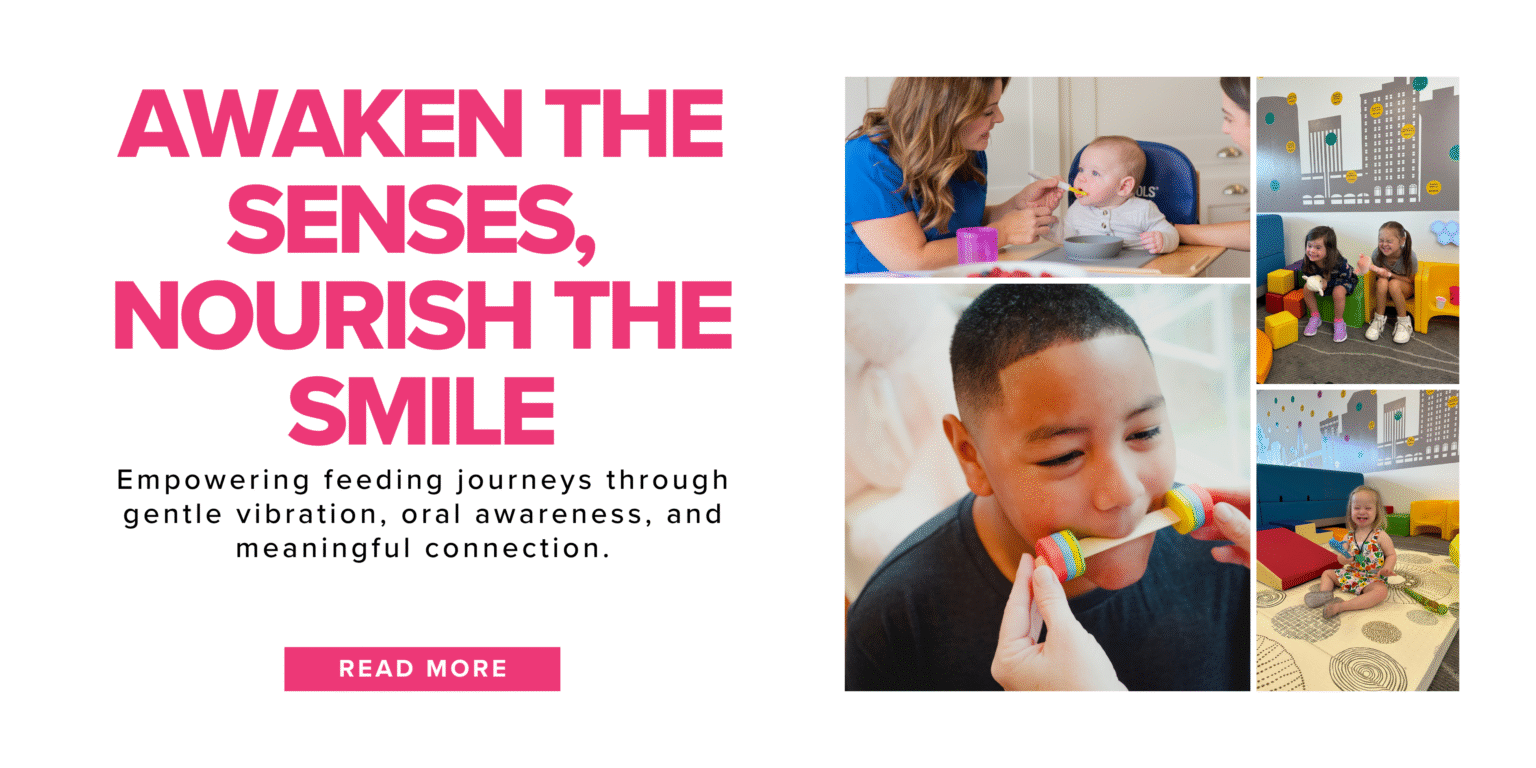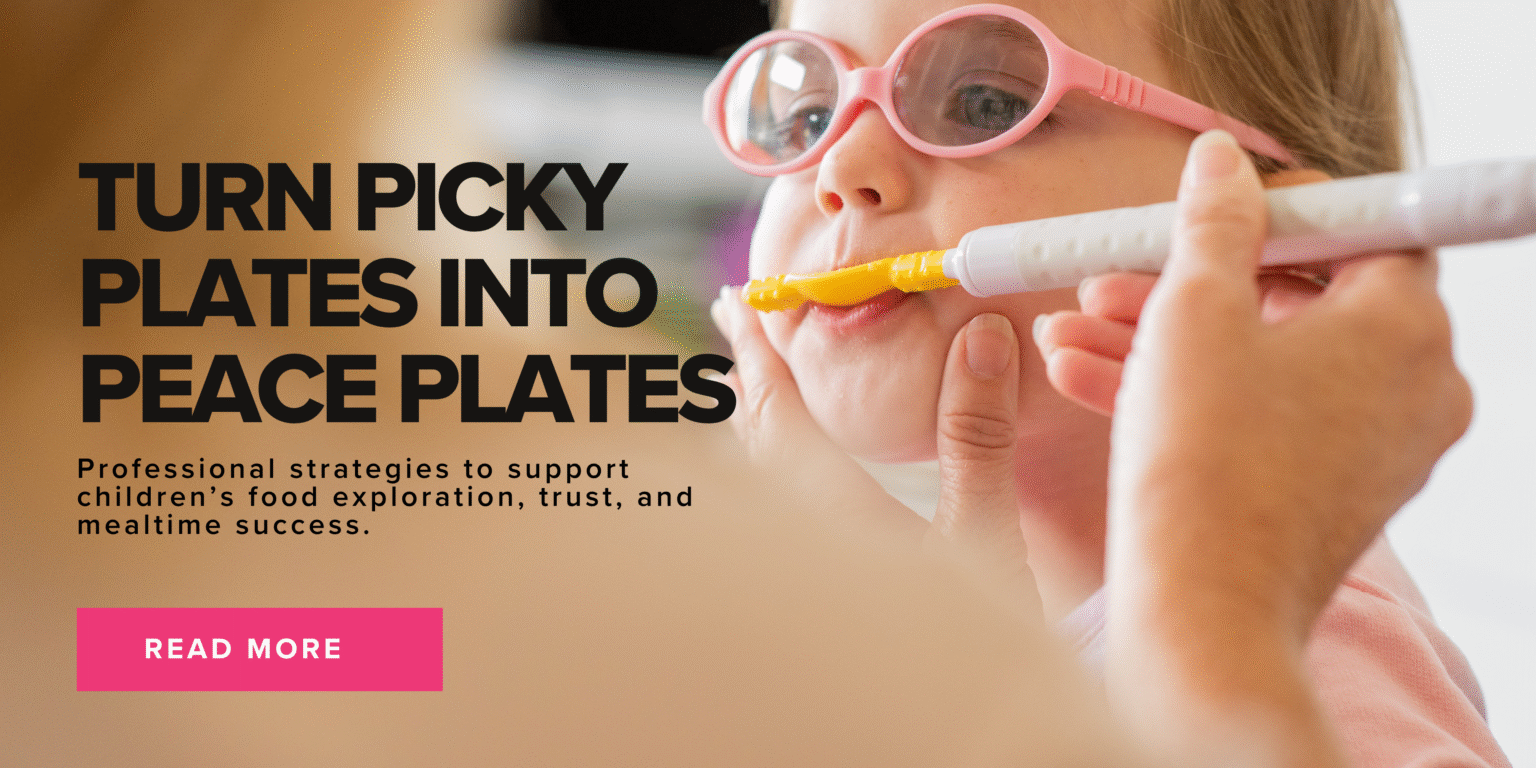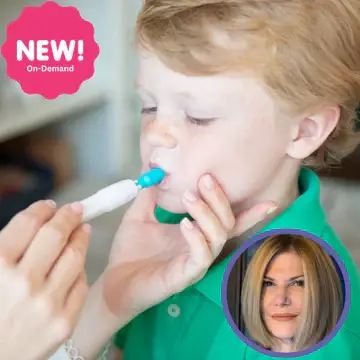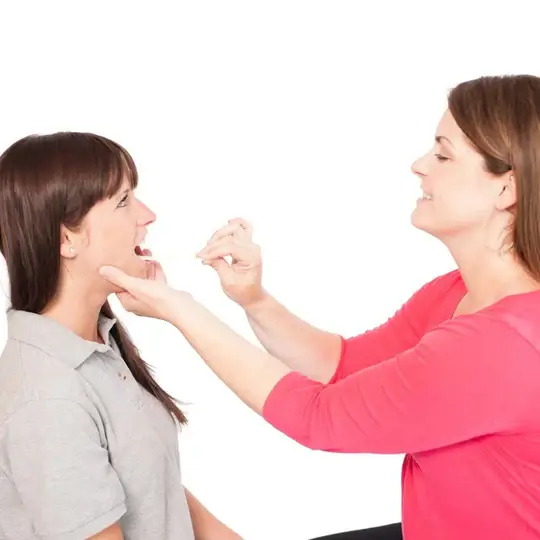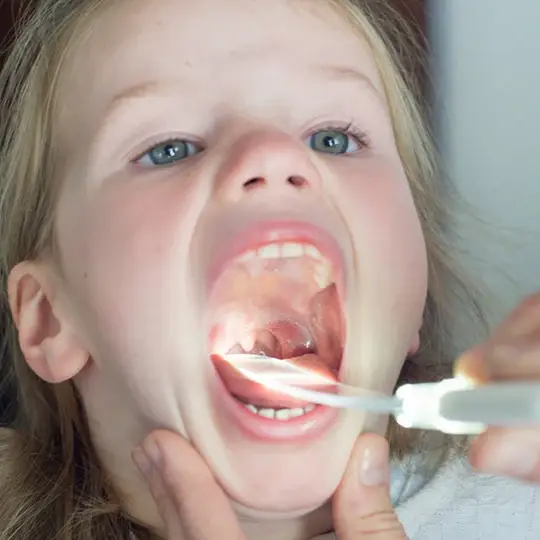This is a repost from Dean Trout’s Little Shop of SLP, shared with permission from the author.
Upon reaching out for permission, Dean wrote: “I found TalkTools to be great for oral awareness and teaching segmentation of articulators!”Editor’s Note (October 8, 2025): We refreshed this post with clearer step-by-steps, TalkTools product/training links, and current references for articulation and phonology.
About the contributor: Dean Trout worked for 31 years as a Speech Therapist in the public school system and for 4 years in her own speech clinic. She started 2 Gals Speech Products, LLC in 2007, presented at multiple conferences, and has been published in the ASHA Leader. Today, she creates tangible items for her Etsy store as well as digital downloads in her TpT store. “For you who are new to the field of SLP, I want to give tips and tricks to make your therapy more effective… For you, more mature SLPs, I want you to feel comfortable with technology and social media.”
Why is /k/ tricky?
I have often been puzzled about why children struggle to produce the /k/ sound, even though we typically develop the ability to make posterior sounds before anterior ones. Consider this: babies typically produce the sounds “goo-goo” and “ga-ga” as their early sounds. Fortunately, there are numerous methods available for teaching this sound. Please remember what works with one child doesn’t always work with another. For background on speech sound disorders and patterns like fronting/backing, see ASHA’s practice portal.
TalkTools training: If you want a structured, tactile approach for moving from placement to speech, explore our OPT courses led by Sara Rosenfeld-Johnson, MS, CCC-SLP, and our self-study on transitioning muscle memory into speech sounds (covers /k/ and /g/).
5 Therapist-Approved Tips to Elicit /k/
Tip 1 — Cue with “Clear Out the Popcorn”
This is an out-of-the-box cue for kids who just don’t “get” back-of-the-tongue placement. Most of us have had a popcorn husk stuck on the back of the tongue. Mimic that hacky, guttural “clear it out” sound so the child feels posterior tongue movement. Once they “get it,” shape into a clean /k/ in isolation, then syllables and words. If they forget, simply cue: “Clear out the popcorn.”
Optional prop: Bring a (safe, allergy-checked) popcorn snack to build the association.
Tip 2 — The Cereal “Tongue-Tip Tuck”
You can get correct tongue positioning for /k/ using cereal (Cheerios/Froot Loops). This approach was popularized by Sara Rosenfeld-Johnson within Oral Placement Therapy (OPT). Place the cereal behind the lower incisors; have the child anchor the tongue tip in the hole to keep the tip down while the back of the tongue elevates for /k/. For full implementation and hierarchy, see our OPT courses and resources:
OPT to Speech: Transitioning Muscle Memory Into Speech Sound Production
Learn how to effectively elicit the /k/ sound using five therapist-approved techniques grounded in Oral Placement Therapy (OPT) principles. This course bridges muscle memory and speech production to help clients transition from tactile cues to accurate and independent /k/ sound articulation.
Tip 3 — Tactile Cues: Hold the Tip (and Blade)
For kids substituting /t/ for /k/, have them gently hold the tongue tip down (sometimes the blade, too) while attempting /k/. Start with just the tip; if they produce a mid-palate contact, hold further back to discourage anterior contact. Many kids fade the finger cue naturally as accuracy increases.
Helpful tools for clinicians:
Flavored Tongue Depressor
These flavored tongue depressors are a fun, effective tool to increase client engagement during speech therapy. By encouraging tongue retraction and stable oral posture, they support accurate placement for velar sounds like /k/. The familiar tastes reduce anxiety and make oral-motor work more enjoyable for young clients.
Throat Scope
The Throat Scope gives therapists a clear, illuminated view of the oral cavity, making it easier to assess and cue tongue placement for sounds like /k/. This hands-free tool improves visibility of pharyngeal movement and posterior articulation during therapy. It’s an essential resource when working on sounds that require precise tongue retraction and velar contact.
Safety note: Watch for a hyper-gag reflex. You can choose to desensitize gradually or select another strategy. For developmental context and clinical decision-making, see ASHA’s resources on articulation/phonology.
Tip 4 — Use Gravity
Some children need extra help elevating the posterior tongue. Have the child lie on their back (start with calming belly-breathing—kids love watching a book rise and fall on their tummy). Then apply your preferred cueing (e.g., gentle blade pressure to keep the tip down, or a strong “cough” to feel posterior elevation). Often, one to two short sessions of gravity-assisted practice helps you transition back to seated work.
Tip 5 — Elicit Tongue Retraction
You can’t produce /k/ without tongue retraction. Try stimulating midline from anterior-to-posterior (gloved finger or tongue depressor) to cue that “back” movement, then immediately shape /k/ in isolation → syllables → words. For foundational guidance on phonological patterns and when persistence signals a disorder, review ASHA’s pattern summaries and norms hub.
Keep it positive & flexible
This toolbox is meant to spark ideas and problem-solving. We’re all for Evidence-Based Practice—and sometimes, when standard cues fail, a creative, tactile cue gets buy-in and results for this learner. If you’d like a deeper, systematic pathway from placement to speech, check out our OPT trainings and workshops led by Sara Rosenfeld-Johnson.
Permission note: This post is a repost from Dean Trout’s Little Shop of SLP, with permission from the author. Quotes retained as originally shared.
Editor’s Note (October 16, 2025): We refreshed this post with clearer step-by-steps, TalkTools product/training links, and current references for articulation and phonology.

